When you look at any Indian decor, you will observe those little hand-made details that never fail to catch the eye: Pom-pom wall decor that is colourful, playful and instantly cheerful. Whether they’re swinging from a doorway toran, stitched into a colourful cushion cover or decoratively hanging from a curtain’s edge - the soft, woolly orbs bring life to any room. But underneath all those bright colours and playful shapes is a much broader cultural meaning.
In Indian decor, pom-poms aren’t simply cute embellishments - they represent tradition, symbolism and rich handcrafted legacy. Let’s unravel the story behind this charming detail that has stood the test of time.
History Of Pom-Poms in Indian Culture: Where It All Began
The ornament’s origin can be traced to India, where they were used for centuries, particularly in the tribal and rural belts of Gujarat, Rajasthan and the North East. Pom-poms are created by hand from winding threads of cotton or wool. They were used as garments and were also used to adorn animals and dwellings, especially during festive seasons.
In regions such as Kutch and Barmer, pom-poms could be found on camel harnesses at fairs and festivals and used as accents on traditional wear and handcrafted footwear. Stitched onto juttis, or wrapped around sandal straps, pom-poms brought an element of fun to everyday wear.
More Than Decoration: The Symbolism of Pom-Poms
Pom-poms have always been symbolic. They are known to encourage happiness, protection from the evil eye and energy of positivity. Whether hung on doors or added to clothing and accessories, pom-poms were both decorative and protective.
In several communities, pom-poms were integrated into traditional outfits too - stitching as part of garment borders, accessories and all the way to handmade footwear, where bright threads and mirror work were used to merge local art and belief.
The Art of Making Pom-Poms
Making pom-poms is a rite of passage. Women in artisan villages weave them by hand with scraps of yarn or dyed cotton. Each is painstakingly shaped, fluffed and colour-coordinated to, as the museum writes, “complement clothes, furnishings or accessories such as bags and handmade shoes.”
This creative process is frequently paired with a wider skill set covering the likes of embroidery, weaving and mirror work – all crucial for maintaining India’s rich folk traditions.
Pom-Poms in Modern Decor and Style
Pom-poms eventually found their way to the modern Indian home and wardrobe. No longer restricted to festive decorations, you can find their motifs in cushion covers, key chains, wall hangings and even in the latest shoe designs for ladies.
Pom-pom wall decor and pom-pom toran design for the door are experiencing a moment in the hands of designers who are re-envisioning them with neutral colours, minimalist backgrounds, and a sense of the world at large. Whether you are living room decor is boho-chic or you’ve found the perfect pair of juttis with fun and funky pom-pom detailing, these vibrant details bring in some personality and play.
Why They Still Matter
Pom-poms aren’t all that important in the grand scheme of things, but they have come to symbolise something huge - tradition, community and joy. When added as home decor or worn as a choice of handcrafted footwear, they bear with them the artisanal lineage where creativity and skill can go hand-in-hand through every thread.
They even make for fun, culture-forward footwear style tips - from how to pair ethnic chappals with jeans to mixing boho sandals with dresses. Pom-poms are a harbinger that your style can be expressive and cultural at the same time.
More Than Just a Pretty Detail
Pom-poms are living evidence that small things can be very profound. Whether slung over a doorframe or sewn into the latest women’s footwear, they tether us to India’s centuries-old tradition of colour, festivity and craftsmanship.
When you opt for handmade pieces for your home or wardrobe, you’re doing more than hugging style; you’re supporting stories, skills, and communities that have kept the world a little bit more magical for generations. Initiatives by reputable brands such as Heritage Haat also contribute to sustaining such traditions by providing traditional, artisan-made decoratives and handcrafted footwear that are otherwise not included in modern lifestyles.
So next time you see a pom-pom, remember: It is more than just a fun touch. It’s a piece of culture you can wear, live with and hand down.


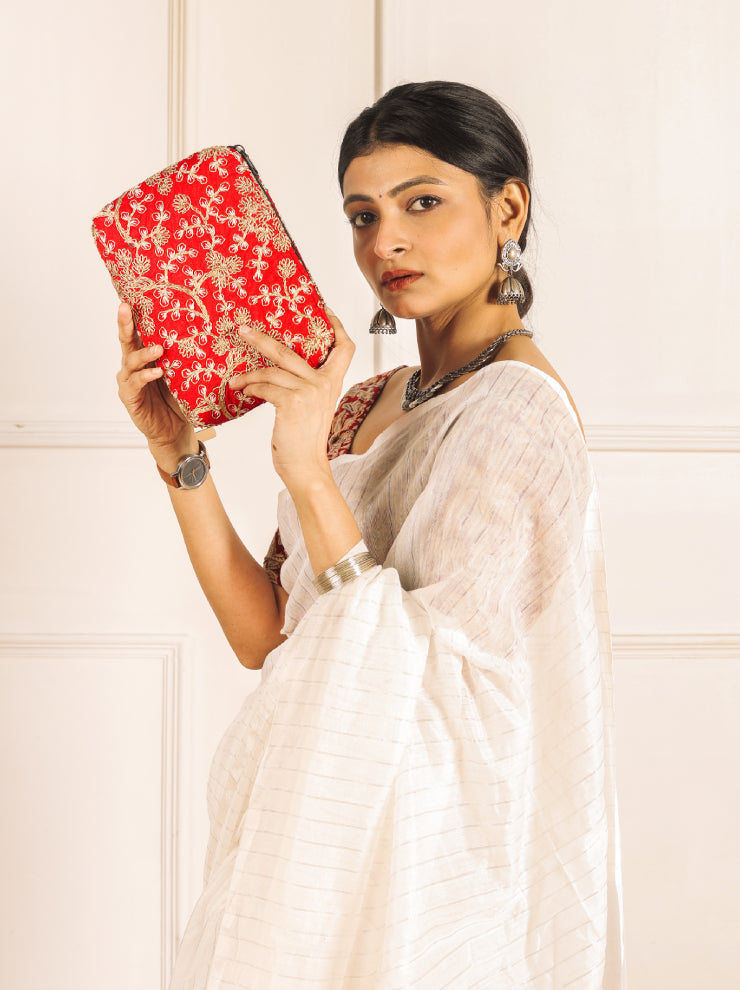
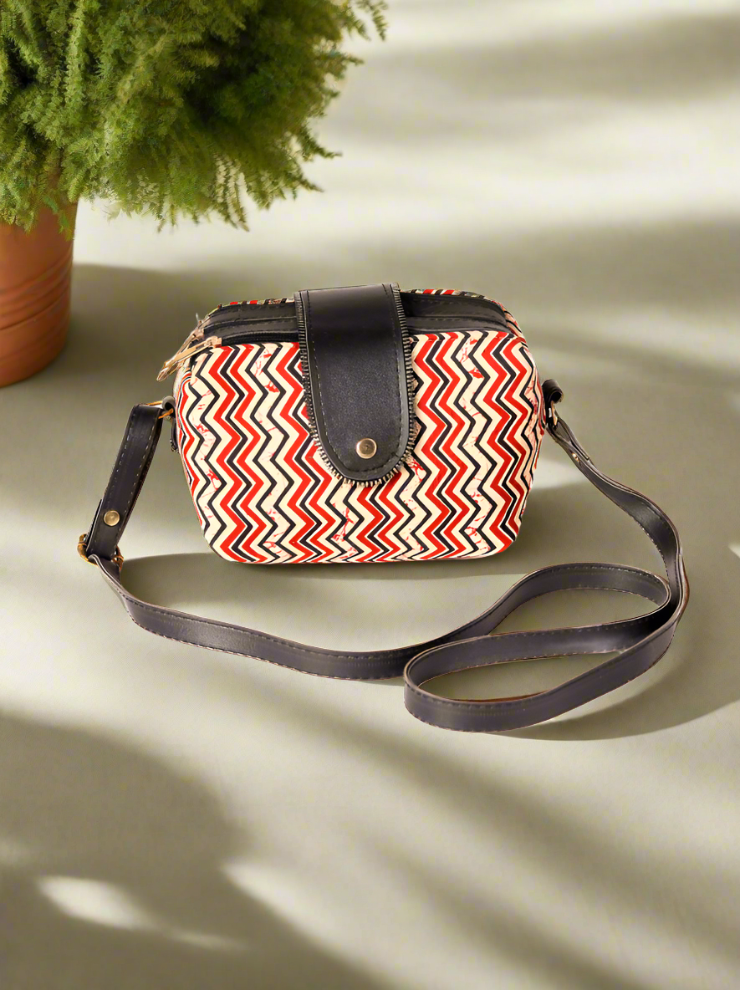

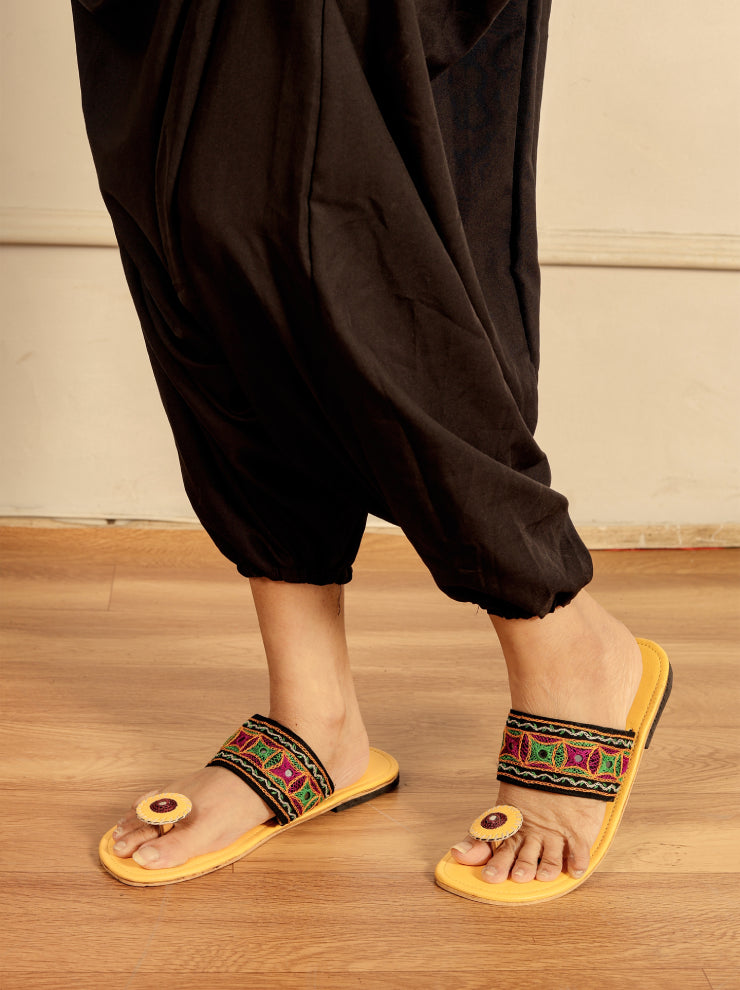




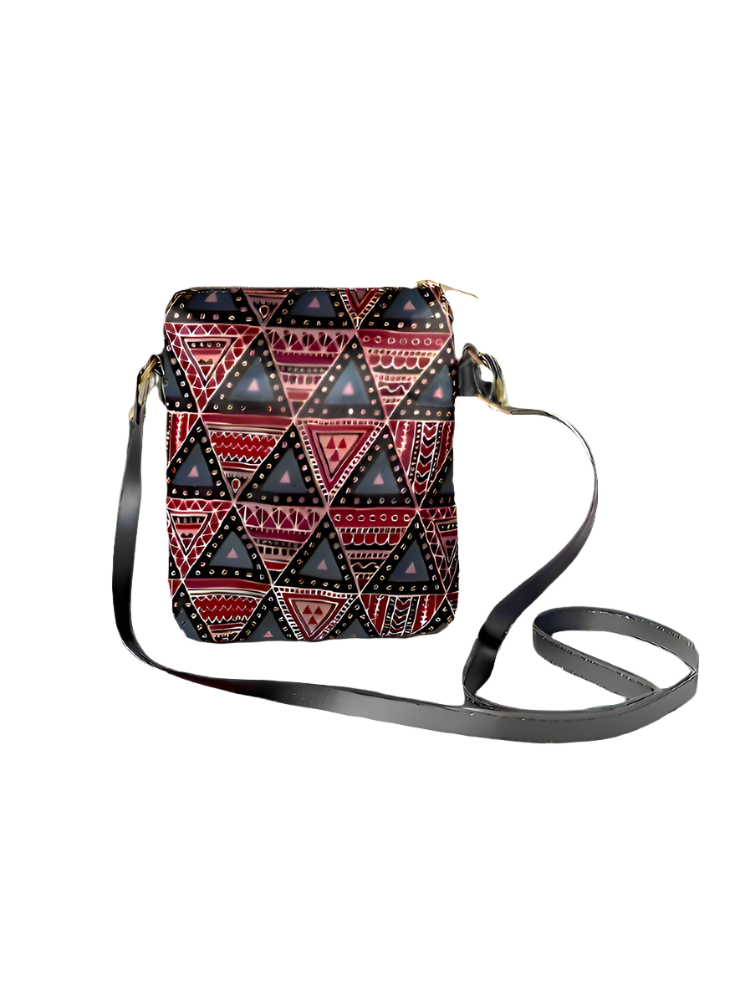
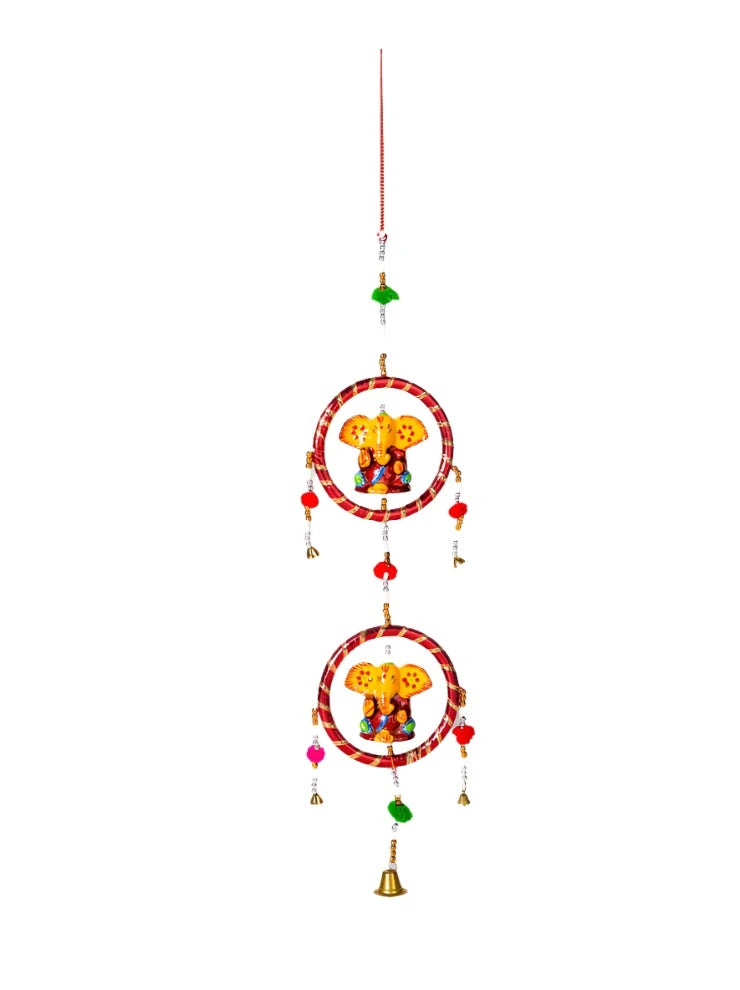
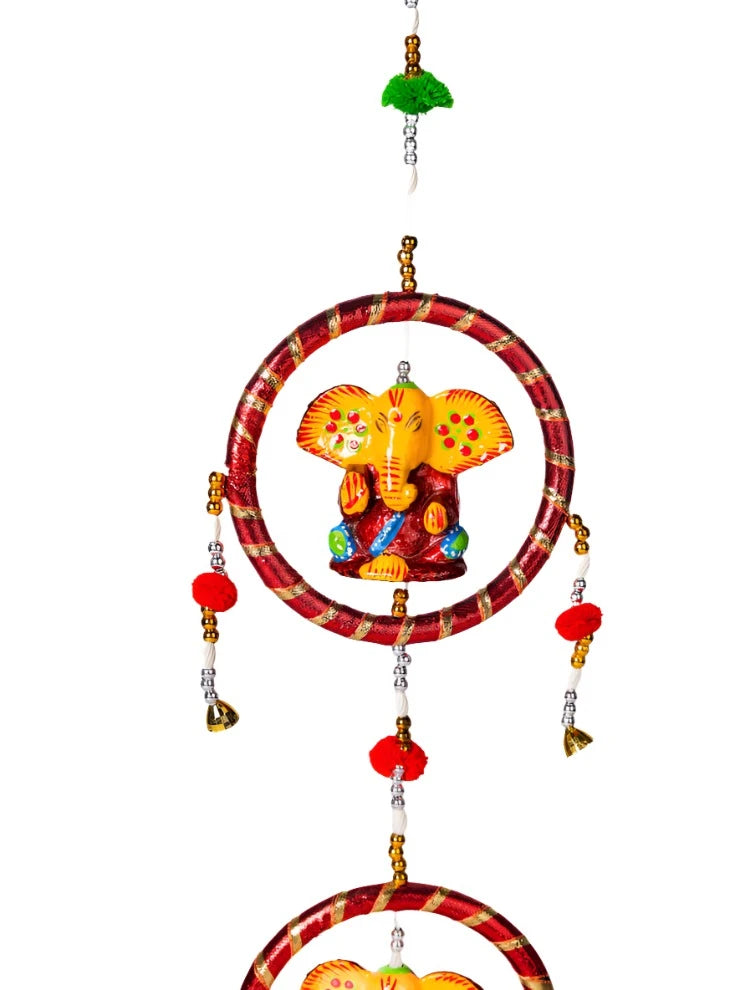




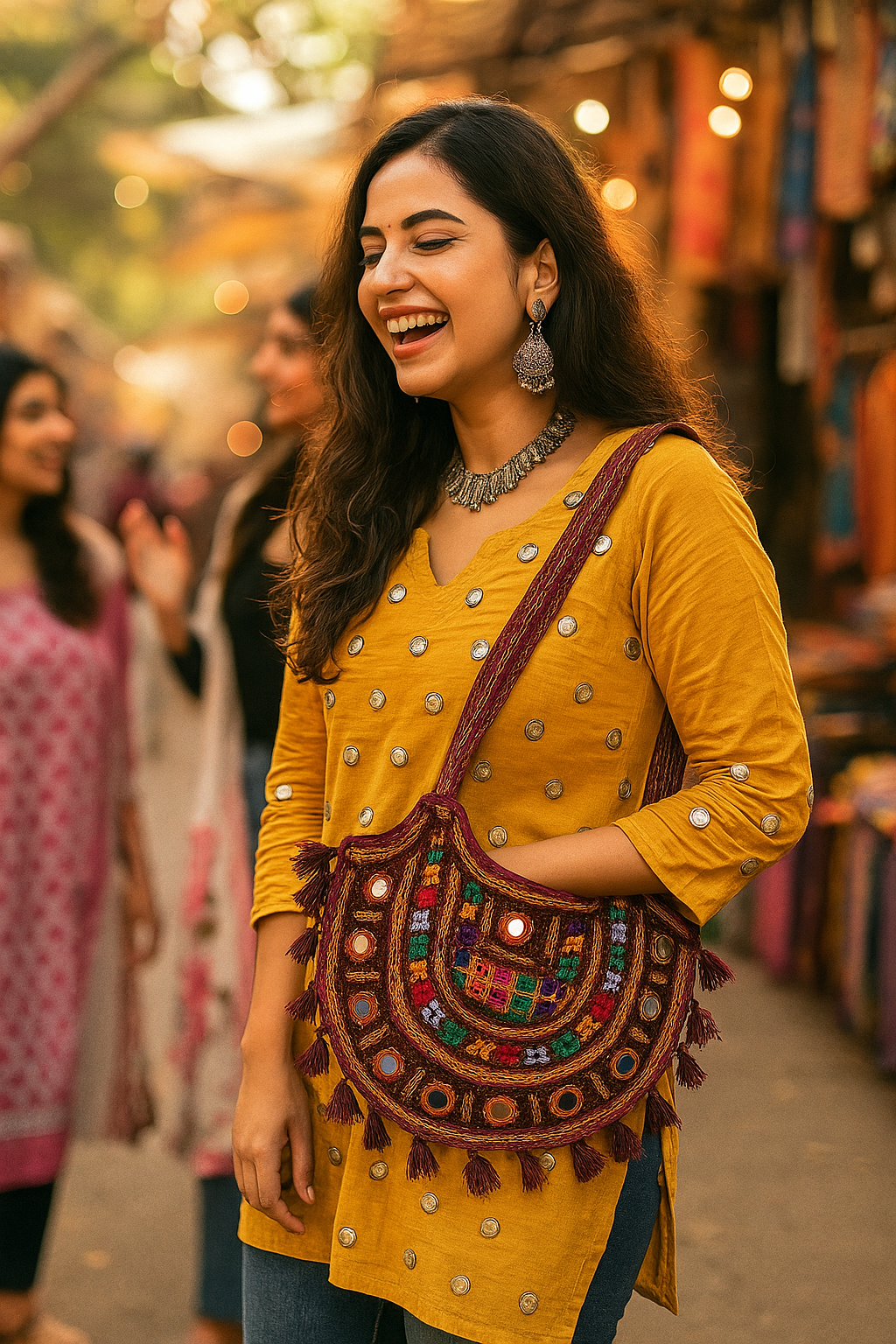
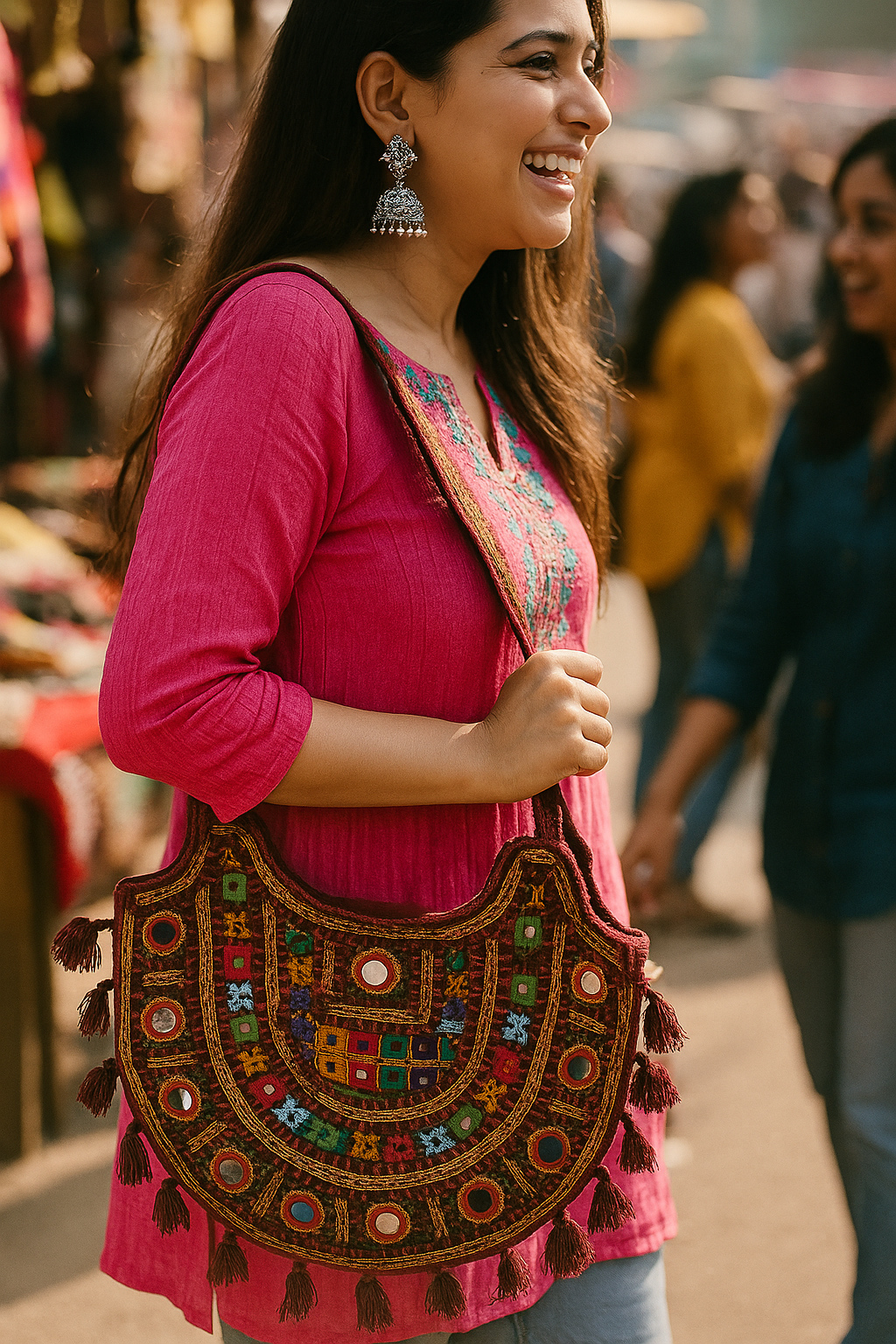
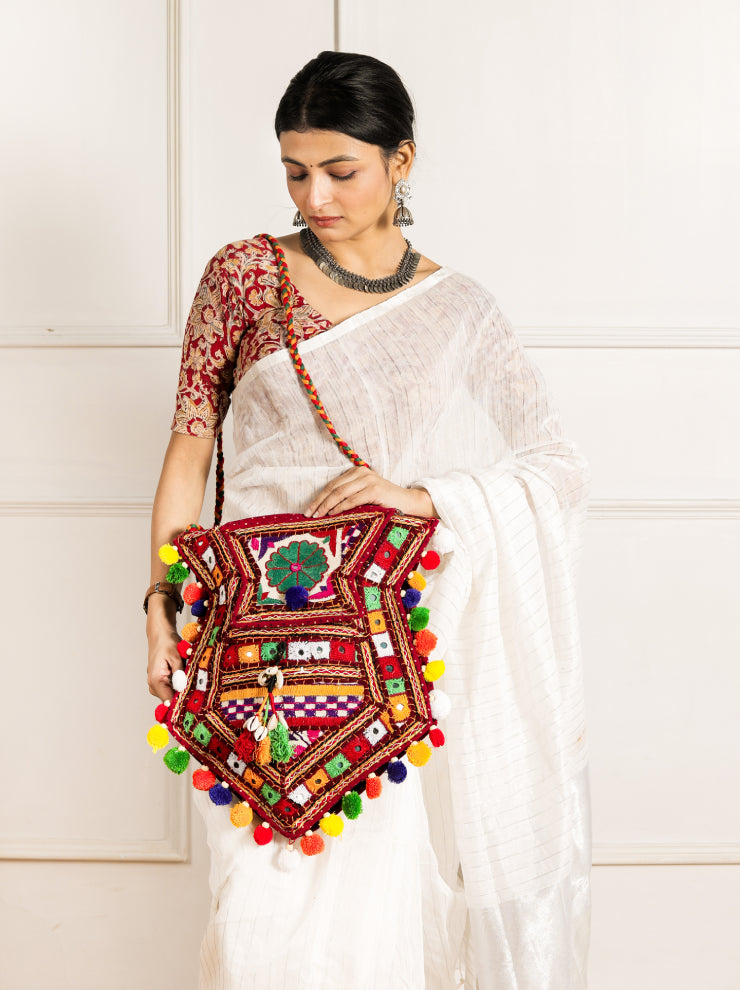
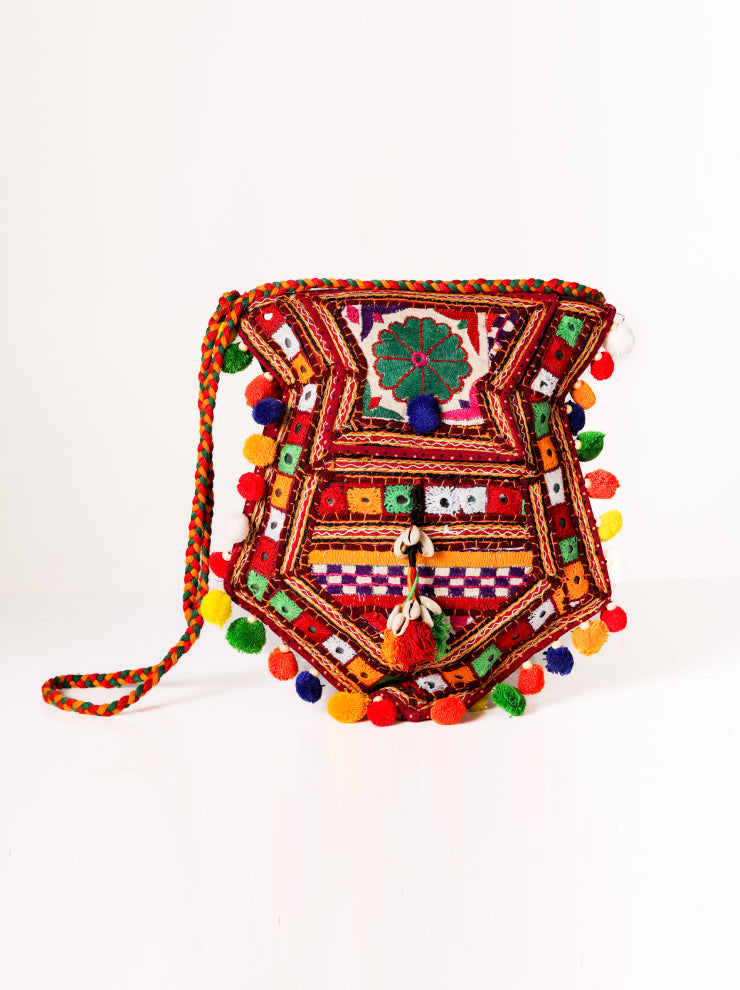
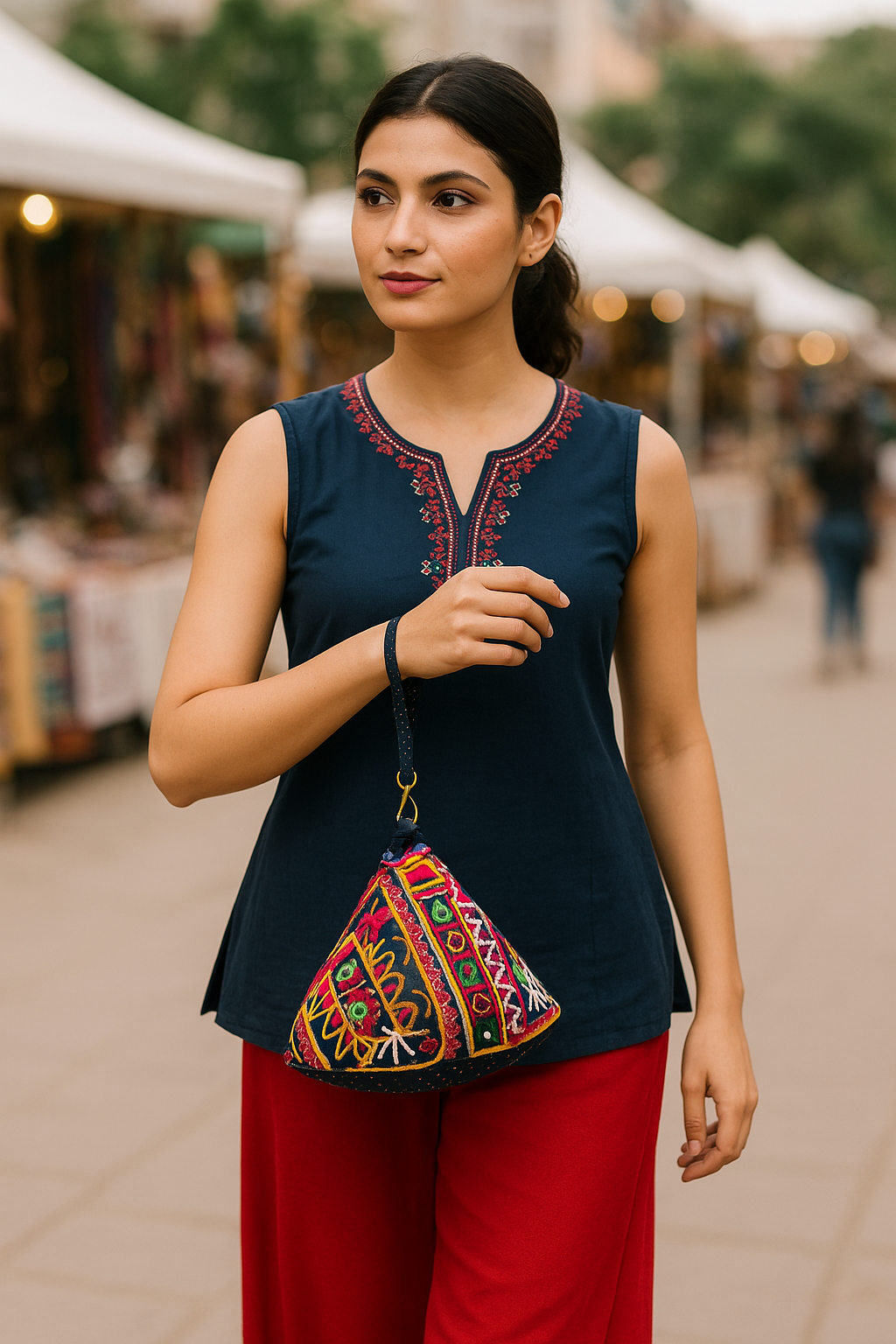
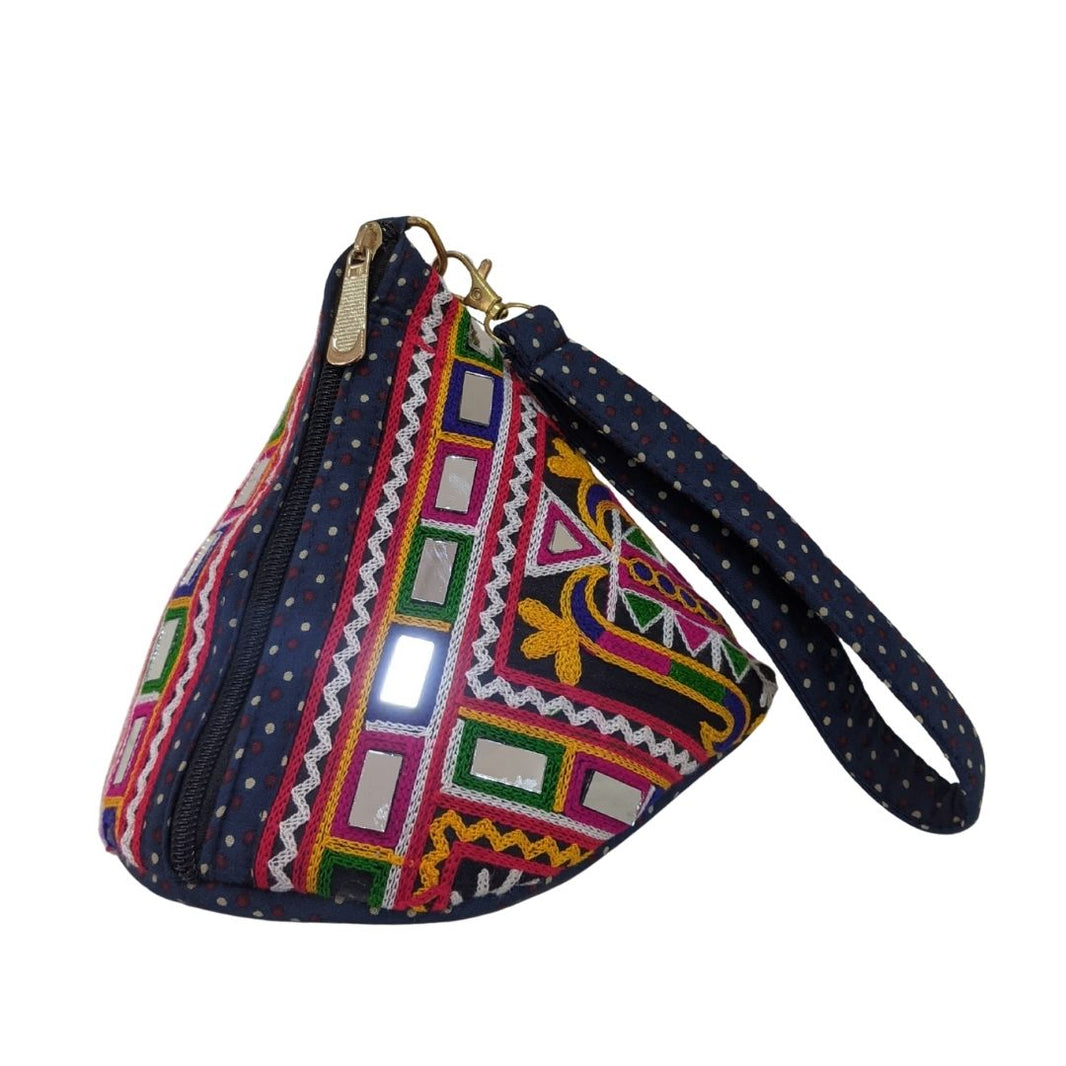


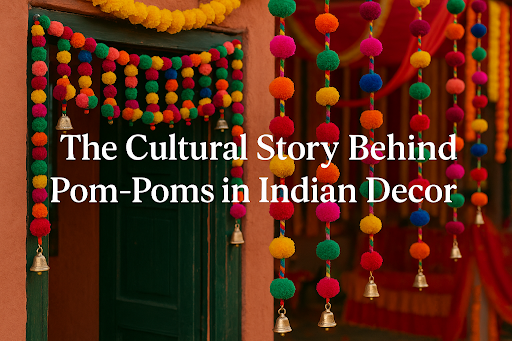
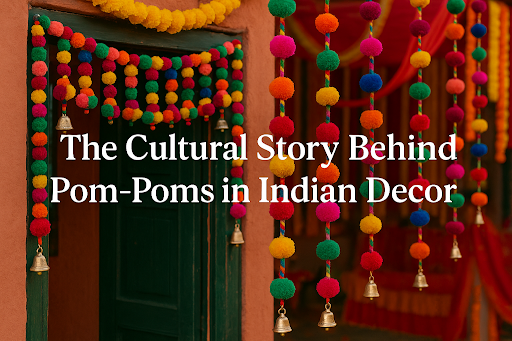
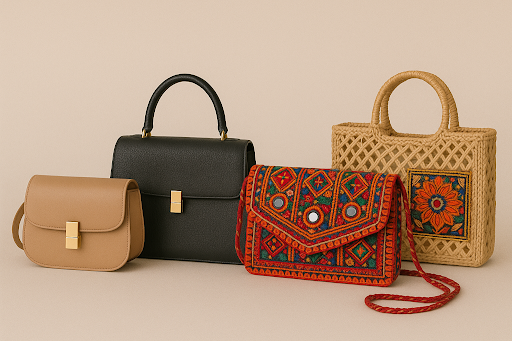

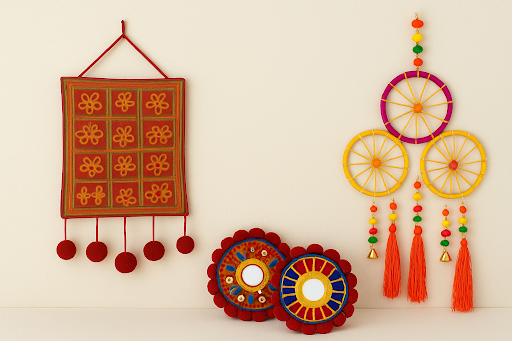
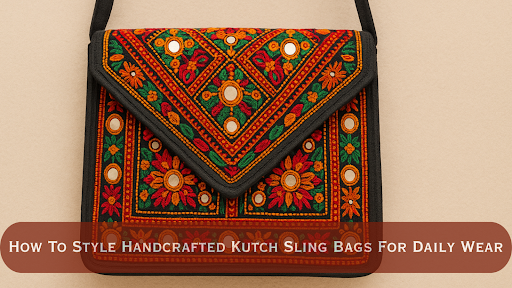
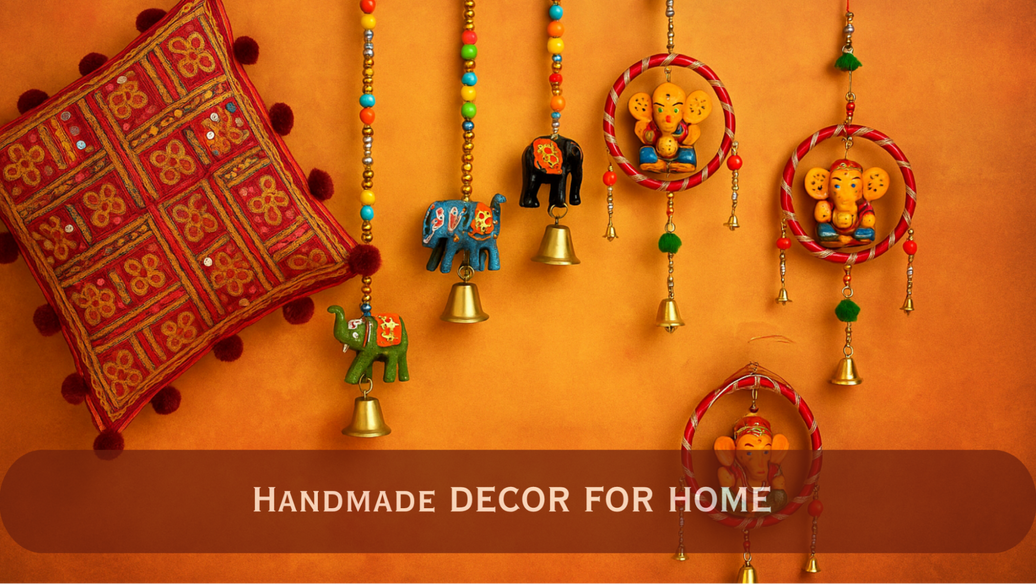





Leave a comment